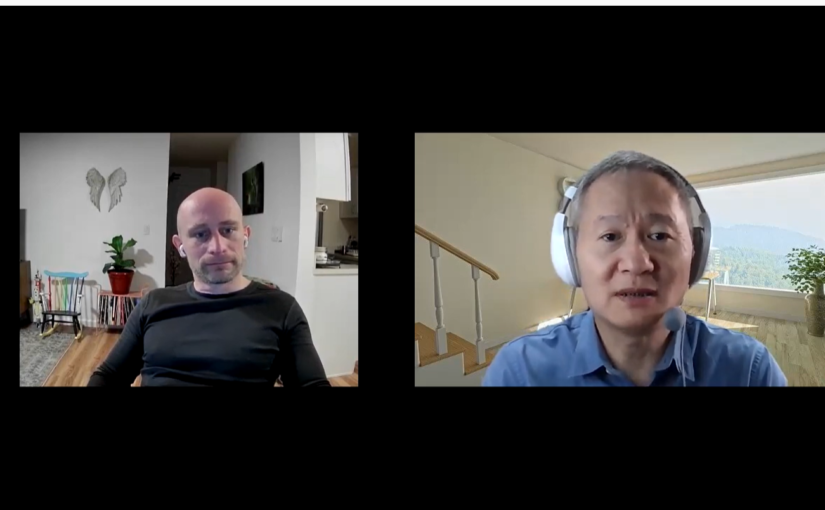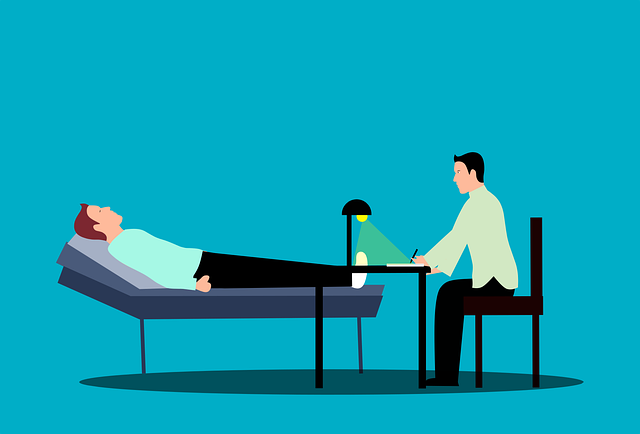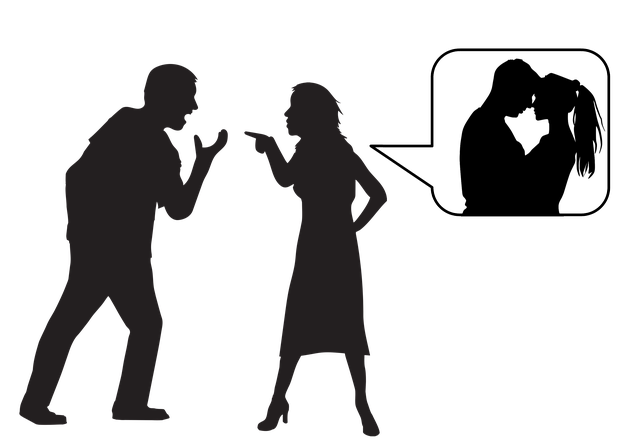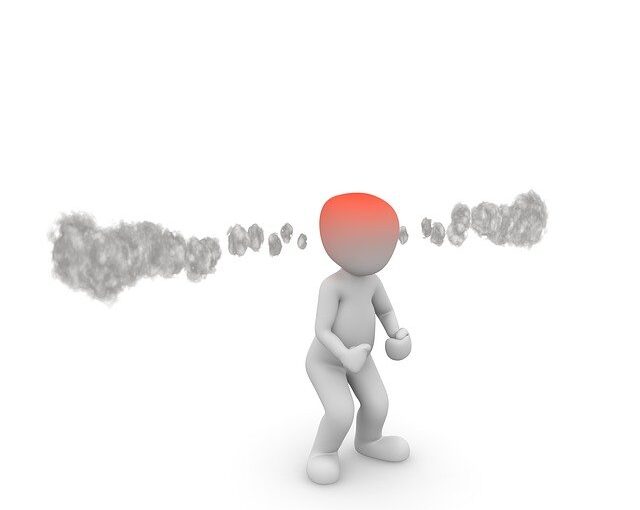by Nathan Chua
Seeing a client again after a while evokes mixed feelings for me. Part of me says, I am happy to meet an old friend again and someone with whom I had deep, important, and meaningful conversations. But another part of me tells me that I might have not done the best job that was possible within the means that I knew. The pendulum swings to the negative even more, if I hear a loved one of a former client inform me of a relapse. What is wrong with my approach? Why do people (myself included) relapse?
I have two things that can explain this. One is, it is quite normal for us to have relapses. In fact, before 2019, I often tell my clients that they are welcome to come back on an as-needed basis rather than our usual weekly or bi-weekly meetings. Now that they have improved in handling their difficult emotions, I fully expect them to have relapses every now and then. I am relieved though that even as some clients do come back for the sporadic follow-up sessions, they do manage to rekindle some of what they had learned from our previous work more quickly than they would otherwise.
The second reason I believe relapses happen, is the focus on symptom-alleviation in the approaches that I had available to me. In 2019, I learned about Acceptance and Commitment Therapy or ACT. Since then I have begun to understand that not all of these relapses are to be counted off as expected realities.
Helping clients manage their symptoms has its weak points because recovery is based largely on their level of distress. In this case, the client’s attention is focused on whether the depression, anxiety, etc, are still around or not! It’s like regularly watching your back to see if the symptoms have gone or are kept to a minimum.
The reality though is life can often hand us challenges that can go beyond what we believe is our capacity to manage these symptoms. The randomness of life can give us something that can overwhelm our capacities to suppress these painful feelings. Running away or keeping these feelings underwater like a giant beach ball has its limits.
I love the way Dr. Russ Harris uses the metaphor of the two donkeys to illustrate this. Let’s say we have two options to make two donkeys move in a certain direction. One donkey was made to move with the experience and the threat of being hit by a stick, while the other was prodded by a carrot in front of it. Which donkey do we think will last longer? I presume most of us would say that it would be the second donkey with the carrot. Secondly, which donkey do we think would be happier as it moves in the direction we want? It’s quite a natural choice for us to say that it will still be the second one.
I used to call myself eclectic in my approach simply because I had to use different techniques and frameworks to address different problems. However, there is one underlying presumption in these approaches that I had adopted for the first 10 years of my work, that counseling was all about alleviating symptoms or suffering, so people can go on living their “normal” lives.
Under these approaches though, clients would tend to measure their progress by the absence or suppression of their symptoms. For example, if my depression or anxiety is kept to a minimum tolerable level, only then can I move on with the tasks of living. The end result becomes achieving a life absent those overwhelming feelings again. Clients end up thinking that feeling good is what makes them “normal.” This is what in behavioral terms is called living life under aversive control. It is just like the donkey that is motivated by the avoidance of the stick.
In ACT, an alternative way of motivating people to live the kind of lives they want for themselves. I learned what it means to be the donkey motivated by the carrot ahead of it. Wouldn’t life be so much more fun if we had the carrot that we follow until the very last breath we take? In behavioral terms, this is life lived under appetitive control. It is not looking behind our shoulders every now and then, and reminding ourselves that we have BPD or OCD or MDD, etc. that is just waiting for us with open mouths to swallow us again.
This is about looking at ourselves as a whole human being and not just parts of ourselves. We are whole. We are not broken. These painful experiences, emotions, thoughts, and physical sensations are part of our makeup as human beings. We are not machines to be taken apart and having to remove parts of ourselves that we think are causing the depression, the anxiety, or the obsessive thoughts, or whatnot.
Being human means we chase after our carrots in life with the pain that comes along in that chase. That’s when we know that we exist with a purpose. Maybe with this in mind, a relapse only signals a need for a refresher on what is important to my clients, and not just being reminded of the ways to run away from pain. What a difference ACT in 2019 made to my practice!
Listen to this blogpost on Spotify! Click here!










